Doug Sarno, EPA Gowanus Community Advisory Group facilitator
Christos Tsiamis, EPA Region 2 project manager for the Gowanus Canal addressing the CAG
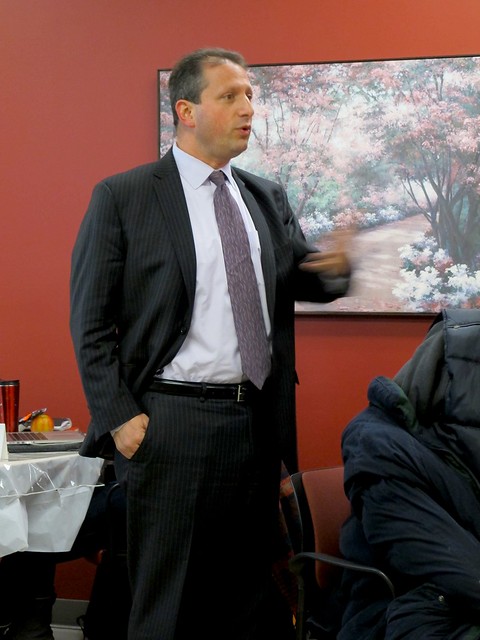
Councilmember Brad Lander

Councilmember Brad Lander
The Gowanus Canal Superfund Community Advisory Committee (CAG) had a full agenda for last night's general meeting at Mary Star of the Sea Senior Center.
Christos Tsiamis, Environmental Protection Agency's Region 2 project manager for the Gowanus Canal Superfund, gave members of the CAG a brief update on what is currently taking place in the canal. "We have been doing quite a bit of work in the area of 7th Street and Public Place that will help us design the clean-up of the canal. Together with National Grid, we have been able to use a new technique to collect data that will help us determine where the liquid tar is in the canal."
The technique allows the fitting of three different measuring instruments that are fitted to the rig that goes into the canal. "I believe it is the first time it has been used in the country. We are very excited, because we were successful and were able to get a lot of valuable information. It will also save us time. We are going at a good pace."
Tsiamis also talked about the importance of climate change when considering a remedy for the Gowanus Canal. "We thought that is was important to take into account sea level rise because it will be reality and see how that impacts our work in the canal. So that you know, we are designing the cap [at the bottom of the canal] to have a lifetime of a hundred years. We looked at data that has been created by the National Oceanic and Atmospheric Administration, a federal agency,
projections made by the Army Corps of Engineers and by New York City.
The projections vary from 1 to 6 feet. That is important for our calculations and something that really needs to be taken into account."
A good portion of last night's meeting had been set aside for a presentation of the draft planning framework for Bridging Gowanus, Councilman Brad Lander's ambitious initiative to "develop a neighborhood framework for the infrastructure and land use plan needed for a safe, vibrant and sustainable Gowanus".
Since members of the the CAG have been working closely with the Environmental Protection Agency on issues relating to the canal's environmental Superfund clean-up in the past few years, the topic of re-zoning the Gowanus area seemed extremely relevant.
Councilmember Lander together with several other local elected convened Bridging Gowanus back in August 2013. Several meetings were held throughout 2014. The results of Bridging Gowanus, which was released this past November and can be viewed here, identified eight core values held by the community. Along with infrastructure investment, a genuine mix of uses, making sure that local manufacturers continue to thrive in Gowanus, historical preservation, and support for its artist community, the participants of Bridging Gowanus called for more affordable housing.
"We did ask people to think hard of the tradeoffs that are necessary," Brad Lander told the CAG last night. "These kinds of investments and achieving the level of preservation we just talked about costs a lot of money."
During the Bridging Gowanus process, participants were asked what kind of building density they would be willing to allow, from no additional residential development, to low rise residential development, to "heights above brownstone heights" seen in Cobble Hill, Carroll Gardens and Park Slope.
According to Brad Lander, "a majority of people have said that if we really believe that the plan will address the set of goals that we are talking about, they would be open to additional residential development at densities in some cases higher than the brownstone context. That's probably the most contentious piece of this."
Oh, yes, it is the most continuous aspect of Bridging Gowanus. During the final presentation in November, Lander claimed that most people were open to high rises from 8 to 18 stories to achieve the goals set forth. The density was determined by a rather misleading exercise given to residents at the public meeting in June which asked residents to add two stories to a base height four story building for each amenity (school, pre-k, park, art space, etc) they felt was important to the neighborhood. Those who checked off every amenity ended up with 18 story buildings.
I have told Councilman Lander on various occasions that this exercise tactic was disgraceful. I repeated that claim personally last night. Where in New York City is that sort of 'trade-off' zoning applied?
What do you think would happen if Lander told the people in Park Slope that the neighborhood would have to be up-zoned by two stories because a new school needed to be built there? Or by another two stories because more pre-k spaces were needed?
Why would we agree to it in Gowanus?
The public comment period for Bridging Gowanus has been extended to the end of March. Please take a moment to add your voice.
Questionnaire distributed at a"Bridging Gowanus" meeting in June 2014.
The 'results' were used by Lander to claim that most residents were ok
The 'results' were used by Lander to claim that most residents were ok
with 8-18 story buildings in Gowanus

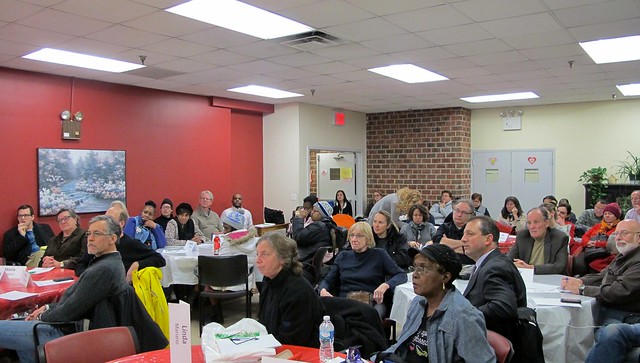
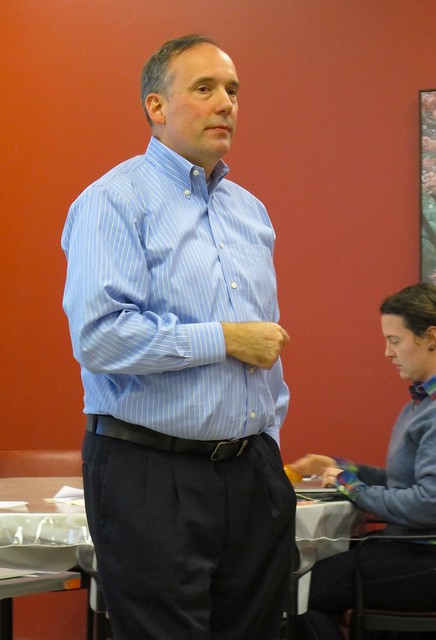


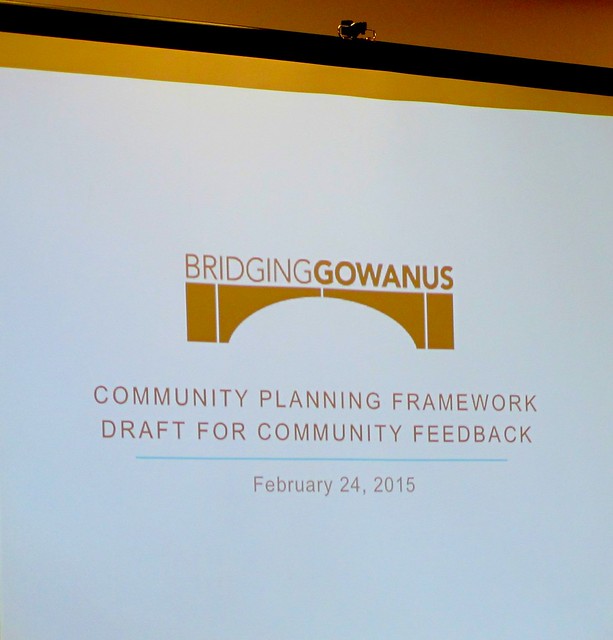
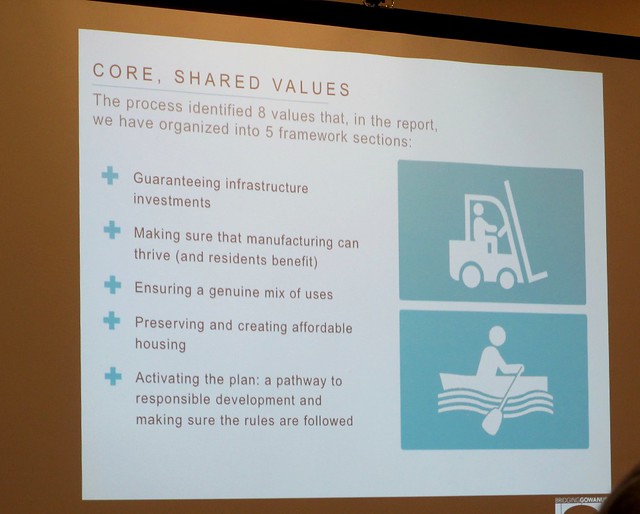
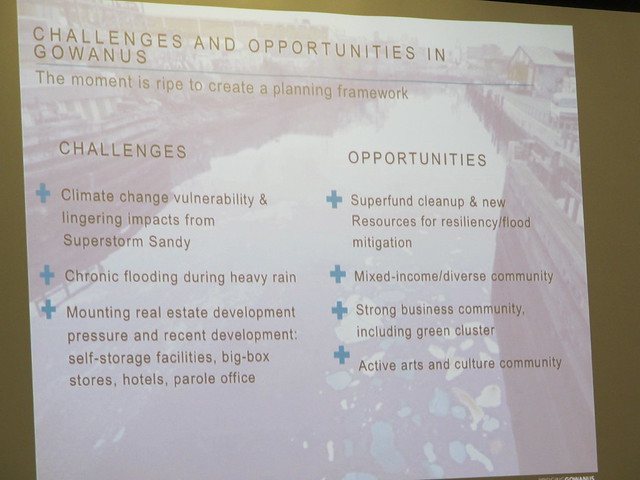
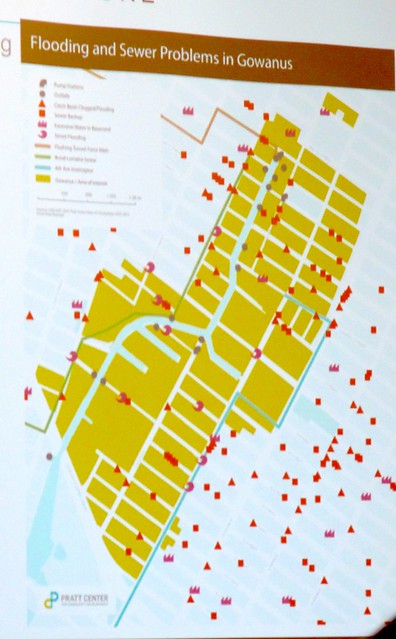
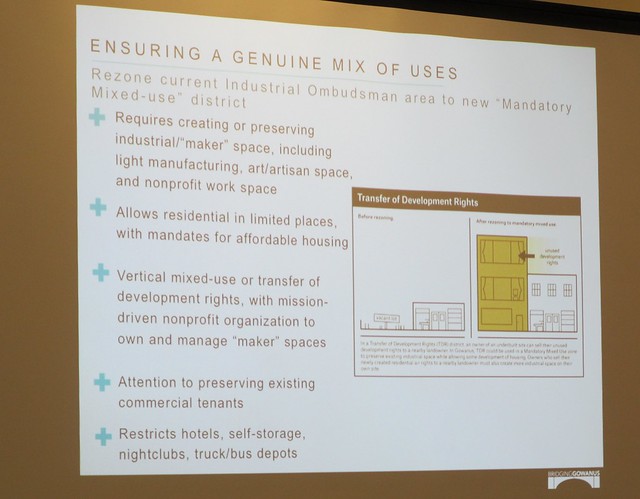
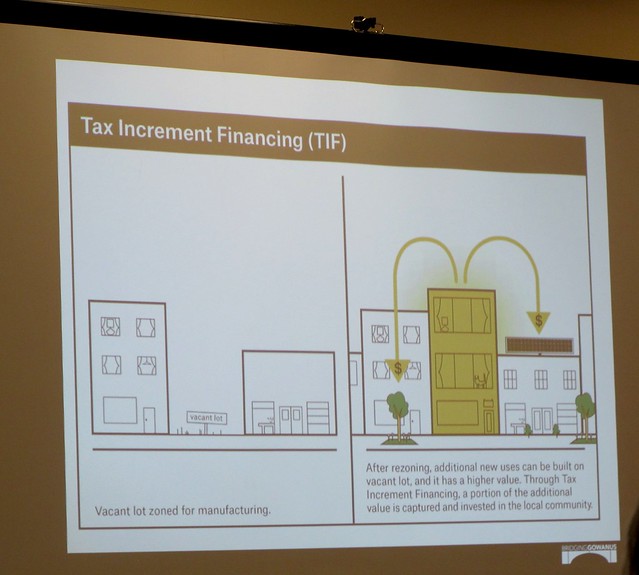
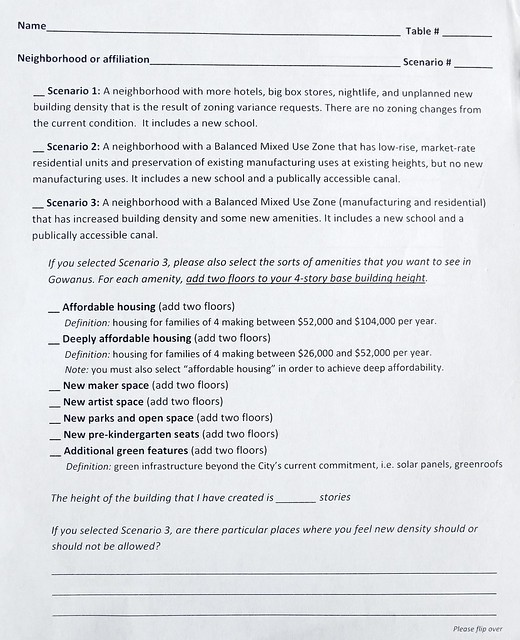






.JPG)

8 comments:
I hate to say it but after going to the Bridging Gowanus meetings in good faith, the last one nailed it in that our voices don't really matter.
The majority of the audience was not into tall buildings in trade off for the things like parks, schools etc.
IT SHOULDNT BE A TRADE OFF!
And you are so right Katia in saying that this type of thing would not fly in Park Slope. WHERE THIS GUY LIVES or LIVED!
This whole meeting process has culminated in a platform for Brad Lander to feel better about selling off the Gowanus area. I am a renter and my landlord is totally cashing in on the hype. Doesn't matter that you have been a good tenant for over 20 years now. Genius is giving 500 a month extra pay to employees to live in the neighborhood so why not raise the rent 500 or more? That scheme really bugs me as a resident.
Well said.
Actually, that "trade-off" zoning is available pretty much everywhere in the City. Look up the Community Facility exemptions.
But 8-18 stories is appropriate. Let's be real. The Park Slope side of the canal is a block or two from the train. There are walkable amenities. Many blocks of Gowanus are dead zones that contain auto body shops and illegal subdivisions. If there were ever a place to find that would alleviate some of the pressure that has pushed prices over $1,000 psf, the large blocks in Gowanus are that place. The developments will pay for the remediation (to either State of City standards, depending on what tax credits they want), the subways will get additional riders and therefore more service, and maybe my children will be able to afford something close by.
The alternative is what, some 3 story buildings that will of course be just single family homes that cost $4 million per? No thank you. $1 million condos are affordable compared to that.
Currently all there is a wish list. These goals may not be practical or enforceable. Brad Lander has a predetermined outcome and his objective is to steer the "community" (I use that term loosely since developers and their lobbyists also were allowed to participate) toward that goal. In getting there he has pitted neighbor against neighbor. At least this is the sense I got at that presentation that was given in November. While Brad is the "face" of this charade our other electeds are equally responsible for this. Let's not forget them.
City Planning has a plan. Why not just put that through ULURP so that people have something to comment other than fantasies.
When the media initially picked up on the possibility of 18 story buildings Brad was quick dispute that would happen. The stories are still coming but Brad and the other politicians have been silent.
to the anonymous posting on February 25, 2015 8:39 PM:
Your comments looks like you work for Bridging Gowanus. Now just where are those dead zones you speak of?
And your statement of faith in the developers remediating (whatever that may mean) and your confidence that subway will provide more service (when they aren't even doing so under current usage loads) comes across as a sales pitch with no real substance.
On the Brownfield cleanup aspects, we see with Lightstone that this work has more negative impact on the community than befit. The cleanup remedy is that the builder puts down a concrete foundation slab to hold contamination under the building (as if they wouldn't be doing that anyway), and the taxpayer is left paying for a significant portion of the development. And with the 25 year tax abatement given these developments, where does the city get revenue to improve subways and build school classrooms?
There is no substance to the Bridging Plan though is is filled with a lot on jargon to draw everyone's attention away from the big developer give-a-way that this plan was commissioned to deliver.
this process is typical of "progressive local politicians. 1. schedule meetings to create illusion of community inclusion. 2. use master-degree level terminology and language (ie use the words upzoning, mixed-use and density a lot instead of giant, bigger than usual) 3. indicate that consensus exists for process that has been preordained
First, why the Park Sloe bashing? That’s just silly.
Second, as part of the Park Slope 4th Avenue rezoning, there WAS a tradeoff (as is common with neighborhood rezoning). The 4th Ave corridor was up-zoned and portions of Park Slope were downzoned. Do your research NIMBY.
I would venture to say that many in Park Slope think that Fourth Avenue is a disaster.
There have been many meetings involving Park Slope neighborhood organizations that focused on trying to adjust the zoning on Fourth to, at the very least, mandate street level commercial use.
By all accounts, the Fourth Avenue up zoning had some serious flows. Besides. there are still some serious flooding issues there, especially around Union Street.
I don't think I bashed Park Slope. Honestly, I don't think those trade-offs for amenities would fly with people in Carroll Gardens, Cobble Hill or Boerum Hill.
Post a Comment